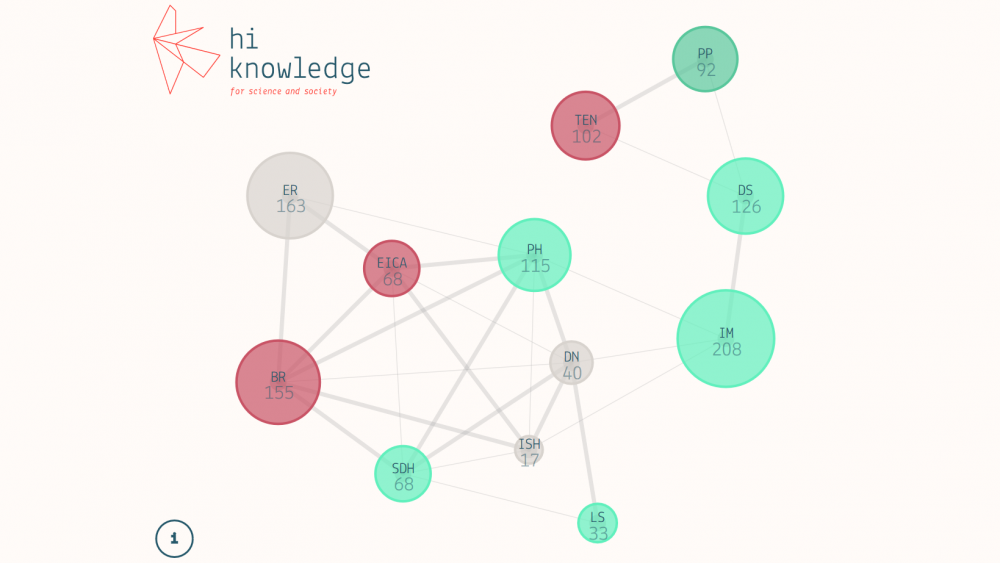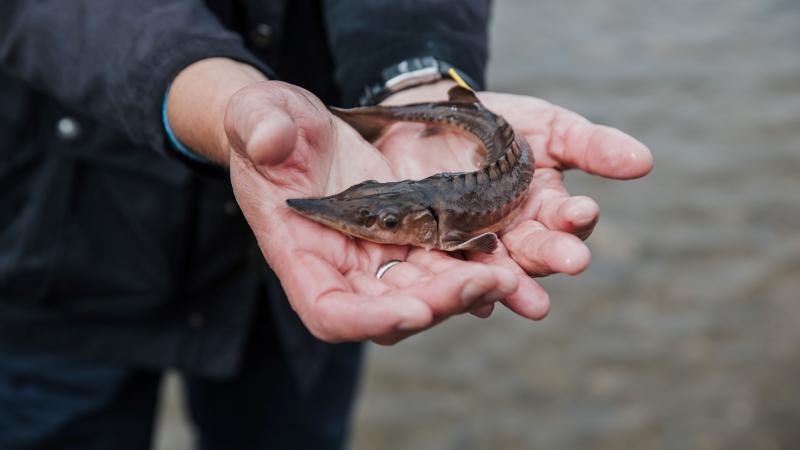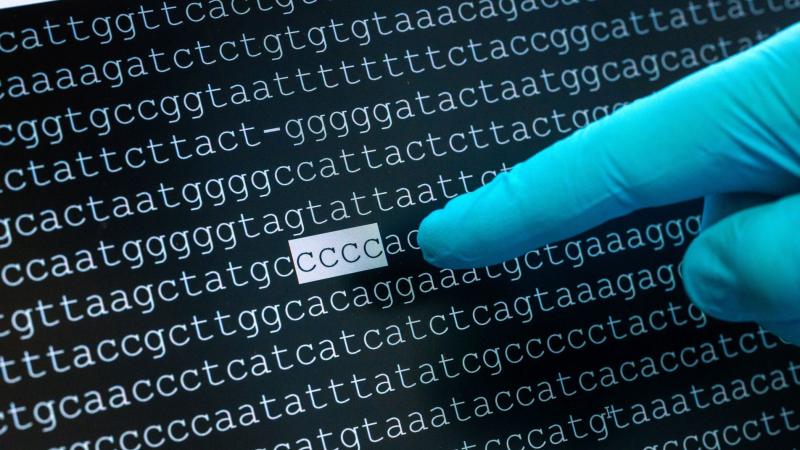
hi knowledge – for science and society: An interactive visualisation tool, structuring scientific evidence in hierarchical networks. | Image: hi-knowledge.org
23 authors analysed more than 1100 studies and outline their findings in 18 chapters. Differences and similarities of biological invasions in aquatic versus terrestrial systems are highlighted, and taxonomic groups as well as methodological approaches to test hypotheses are compared.
A hypothesis network that illustrates similarities between the 12 focal hypotheses is introduced, too. This network can be seen as a draft conceptual map and navigation tool for invasion biology. The book’s companion website hi-knowledge.org features an interactive visualisation based on this network: users can zoom into the 12 focal hypotheses to see the more specific working hypotheses addressed by the more than 1100 studies. All data and information extracted from these studies are also freely available on the website.
The book was edited by Jonathan Jeschke, speaker of IGB’s cross-cutting research domain Aquatic Biodiversity and Professor of Ecological Novelty at Freie Universität Berlin, and Tina Heger, scientist at the Berlin-Brandenburg Institute of Advanced Biodiversity Research (BBIB) and the University of Potsdam.
Jeschke, J.M. and T. Heger (eds.) (2018) Invasion Biology: Hypotheses and Evidence. CABI, Wallingford, UK. 188 Pages. Read the book >





